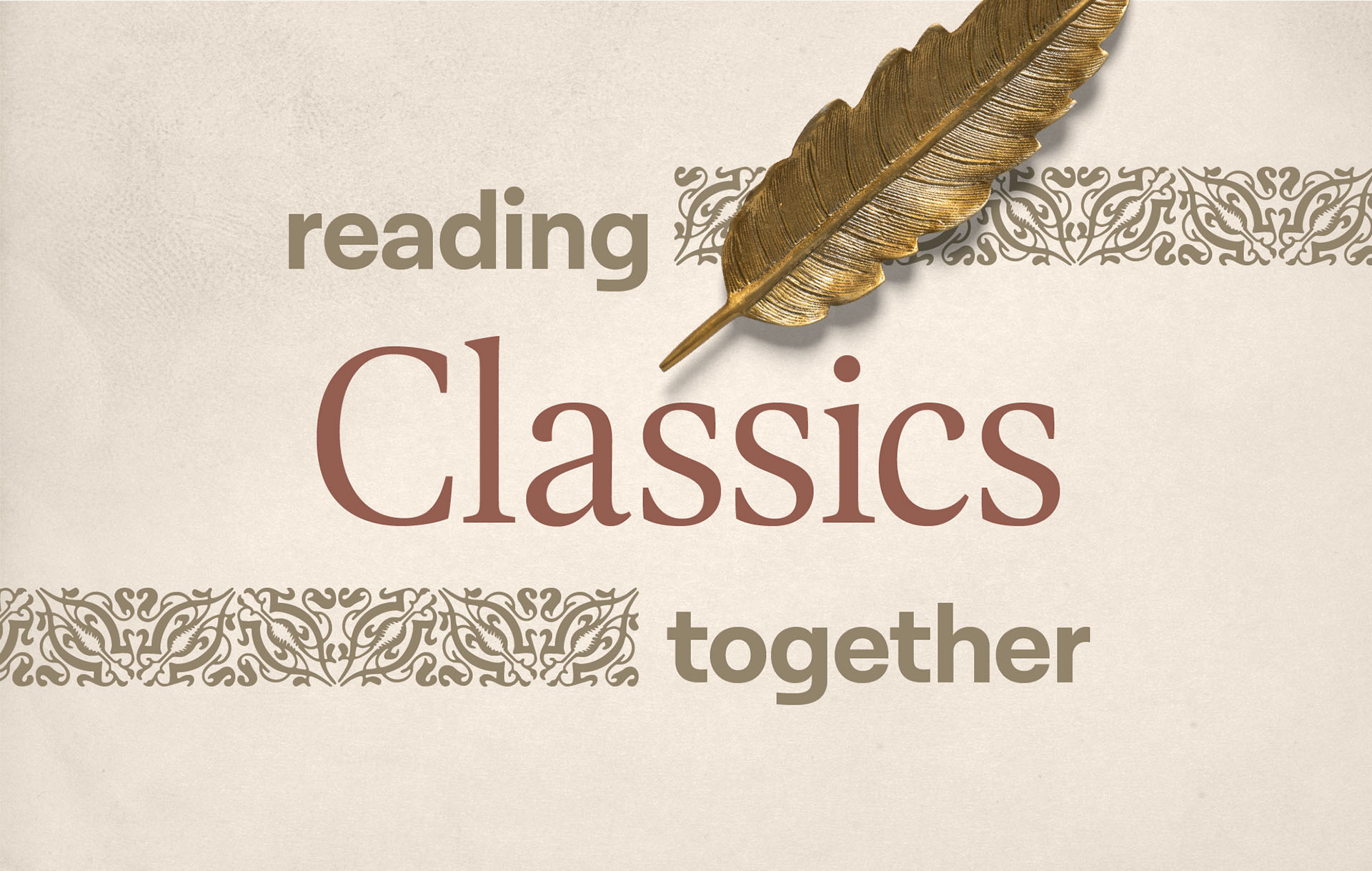Today we begin another iteration of Reading Classics Together–a project which affords us the structure and accountability to read through some of the classics of the Christian faith. This time around we are reading John Murray’s Redemption Accomplished and Applied. The structure of the program is simple. We read one chapter per week and then come here to discuss it. Each week I will create a post like this one to introduce the topic and I will give just a brief summary and perhaps a few reflections. And then we can discuss what we’ve read.
If you’d like to join in, all you need to do is find a copy of the book and begin to read along.
Summary
Redemption Accomplished and Applied is a book about the atonement. Most people, when they think of the book, think of the second section which discusses the ordo salutis–the order of salvation. But before Murray can get to the application of the atonement, he must first discuss its accomplishment. He does this in five chapters, the first of which is called “The Necessity of the Atonement.”
This week’s reading was dedicated to answering a simple question: was the atonement necessary? Murray actually asks several clarifying questions: “Why did God become man? Why, having become man, did he die? Why, having died, did he die the accursed death of the cross?” All of these, when put together, speak of necessity. Why was it necessary for Christ to die and was this the only way in which God could accomplish the redemption of his people?
Traditionally Christians have answered in one of two ways. Some have held to hypothetical necessity, a view which says that God could have forgiven sin and saved his people without atonement or satisfaction, but that this was the way he chose to do it. Others have held to consequent absolute necessity, a more traditionally Protestant understanding, which says that if atonement was to take place, it must happen in this way. Murray explains, “The word ‘consequent’ in this designation points to the fact that God’s will or decree to save any is of free and sovereign grace. To save lost men was not of absolute necessity but of the sovereign good pleasure of God. The terms ‘absolute necessity,’ however, indicate that God, having elected some to everlasting life out of his mere good pleasure, was under the necessity of accomplishing this purpose through the sacrifice of his own Son, a necessity arising from the perfections of his own nature.” So while it was not inherently necessary for God to save anyone, if he was to do so, because of his very nature, it had to happen this way.
The rest of the chapter is dedicated to providing five Scriptural proofs that this is the case. Murray shows 1) that there are passages which create a very strong presumption in favor of this inference; 2) that there are passages which definitely suggest that the only alternative to this way of atonement was perdition; 3) that there are passages which teach that the efficacy of Christ’s work is contingent upon the unique constitution of Christ’s person; 4) that the salvation of grace which we experience is a salvation that goes beyond forgiveness of sin but also to justification; 5) that the cross of Christ is the supreme demonstration of God’s love because of its supreme cost.
Having looked to these reasons Murray concludes, “we are constrained to conclude that the kind of necessity which the Scriptural considerations support is that which may be described as absolute or indispensable. … If we keep in view the gravity of sin and the exigencies arising from the holiness of God which must be met in salvation from it, then the doctrine of indispensable necessity makes Calvary intelligible to us and enhances the incomprehensible marvel of both Calvary itself and the sovereign purpose of love which Calvary fulfilled. The more we emphasize the inflexible demands of justice and holiness the more marvelous become the love of God and its provisions.”
Overall I enjoyed this chapter, though I was surprised at how difficult it was to read. I have read much older authors who were easier to understand than Murray! And though I did enjoy it, I find that I am primarily anticipating reading the second section of this book where we learn about Redemption Applied. Still, this chapter was very good and offered a useful defense of the Bible’s teaching that if we were to be saved, this was the only way.
Next Week
For next Thursday please read chapter two, “The Nature of the Atonement.”
Your Turn
The purpose of this program is to read classics together. So if there are things that stood out to you in this chapter, if there are questions you had, this is the time and place to have your say. Feel free to post a comment below.










